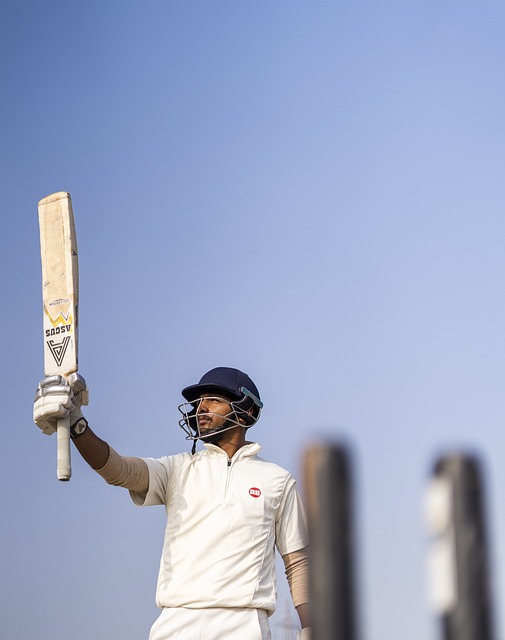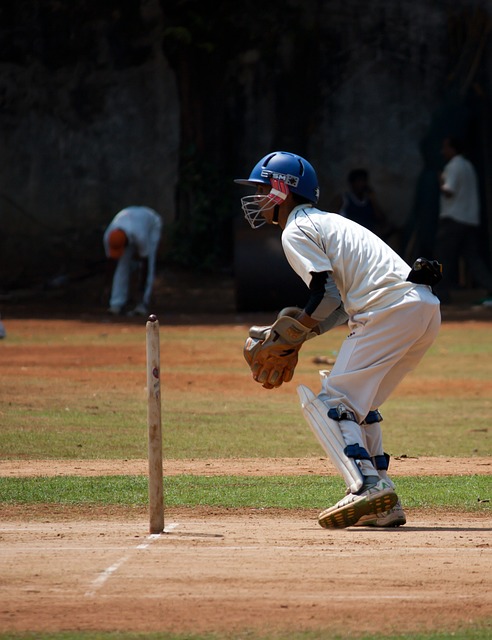DIY Green Roofs for Urban Biodiversity
Laser247, Laser Book 247: Green roofs provide a range of benefits for urban areas. One key advantage is their ability to mitigate the urban heat island effect by absorbing and deflecting heat, helping to cool down cities. This can lead to reduced energy consumption for air conditioning in buildings during hot weather, resulting in cost savings and lower carbon emissions. Additionally, green roofs help improve air quality by filtering pollutants and capturing airborne particles, ultimately contributing to a healthier urban environment for residents.
Moreover, green roofs can also help manage stormwater runoff in urban areas. By absorbing rainwater and releasing it slowly, they reduce the strain on municipal drainage systems and decrease the risk of street flooding. This not only helps prevent water pollution but also enhances the overall resilience of cities to extreme weather events. In essence, green roofs play a crucial role in creating more sustainable and liveable urban spaces.
How to Choose the Right Plants for Your Green Roof
When selecting plants for your green roof, it is essential to consider the climate conditions in your area. Choose plants that are well-suited to the amount of sunlight and water your rooftop receives. Succulents such as sedum and sempervivum are popular choices for green roofs due to their ability to withstand drought conditions and thrive in direct sunlight.
Additionally, it is important to select plants that have shallow root systems to prevent damage to the structural integrity of your green roof. Plants like mosses, grasses, and herbaceous perennials are ideal for green roofs as they require minimal soil depth and can thrive in the limited space provided. By choosing plants that are suited to the specific environmental conditions of your rooftop, you can create a sustainable and visually appealing green roof that enhances the biodiversity of your urban area.
Materials Needed for Building a Green Roof
For building a green roof, there are several essential materials required. Firstly, a waterproof membrane is necessary to prevent any water leakage into the building. This membrane acts as a protective layer between the roof structure and the soil and plants above. Additionally, a drainage layer is vital to ensure excess water can easily flow off the roof and prevent waterlogging, which can damage the roof over time.
Next, a lightweight growing medium is needed to support the plant life on the green roof. This growing medium should be specially formulated to be lightweight to avoid adding unnecessary stress on the roof structure. It also needs to have good drainage properties to prevent water pooling and facilitate healthy plant growth. Proper selection of the growing medium is crucial for the success of the green roof in the long term.
What are the benefits of green roofs for urban areas?
Green roofs provide numerous benefits for urban areas, such as reducing heat island effect, improving air quality, reducing energy costs, and increasing green space.
How do I choose the right plants for my green roof?
When selecting plants for your green roof, consider factors like climate, sunlight exposure, water usage, and maintenance requirements. Opt for drought-resistant and low-maintenance plants for best results.
What materials are needed for building a green roof?
Some of the materials needed for building a green roof include waterproofing membrane, drainage layer, growing medium, plants, and irrigation system. Additionally, you may need tools like shovels, hoses, and gardening gloves.







